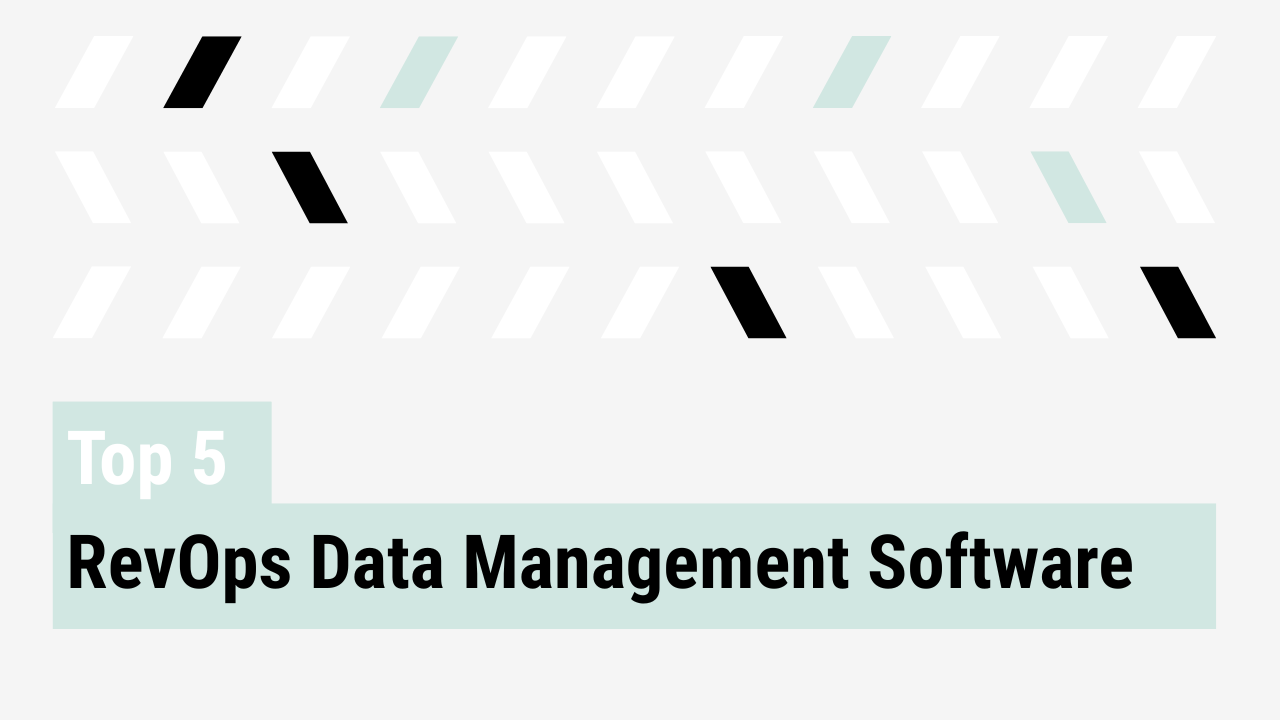For most GTM leaders, speed is everything. But the drive to move fast often leads to an invisible drain on performance: shadow systems in GTM. These are the off-the-books spreadsheets, custom trackers, and manual workarounds that creep into daily operations when official systems feel too rigid or too slow. They may solve a short-term problem, yet they steadily erode trust in data, introduce risk, and slow growth.
Why shadow systems take hold
Shadow systems appear when teams need answers faster than core platforms can deliver. A sales manager builds a spreadsheet to track forecasting, marketing logs event attribution offline, or a regional leader spins up a private dashboard. Over time, these temporary fixes become routine. Flexibility turns into fragile infrastructure that no one truly owns.
The trust problem: unreliable data
The most damaging cost is the loss of trust. Research shows that most spreadsheets contain errors. Broken formulas, outdated links, and missing data spread silently through GTM processes. Different versions of the same report circulate across sales, marketing, and finance, creating multiple “sources of truth.” Executives question whether forecasts and pipeline reports are accurate. Unmonitored spreadsheets also create audit and compliance risk. Without documentation or oversight, there is no way to verify the numbers.
The efficiency problem: hidden manual tax
Shadow systems also create a hidden tax on productivity. Ops teams spend hours each week updating spreadsheets, reconciling conflicting data, and manually rebuilding views that should already exist in core platforms. This duplication slows decision-making and pulls skilled operators away from more strategic work. Spread across regions and functions, the cost grows quickly, measured in wasted time and missed opportunities.
The governance gap: when tools go rogue
These systems represent more than inefficiency. They are a form of shadow IT, built without scale, documentation, or security in mind. A single error in a spreadsheet or mis-mapped field can distort pipeline visibility, forecasting accuracy, or territory performance. Without governance, GTM leaders make critical decisions on unstable ground.
How to regain control
RevOps leaders can contain the risk and reclaim efficiency with a few deliberate steps:
- Inventory: Identify which spreadsheets and side systems exist, who owns them, and how they are used
- Governance: Standardize data definitions, assign ownership, and build confidence in a single source of truth
- Controls: Apply versioning and peer review to any critical spreadsheets that remain in use
- Centralization: Consolidate reporting and forecasting into scalable platforms that integrate across functions
- Enablement: Educate GTM teams on the hidden costs of rogue systems and reinforce the benefits of governed data
The takeaway
Shadow systems may seem convenient, yet their long-term costs are significant. They weaken data integrity, create operational risk, and waste valuable time. For RevOps leaders, addressing them is about protecting the GTM engine from silent failure. With clean data and disciplined systems, leadership can make confident decisions, teams can operate at speed, and revenue growth can scale on solid ground.



